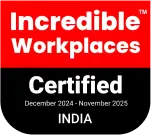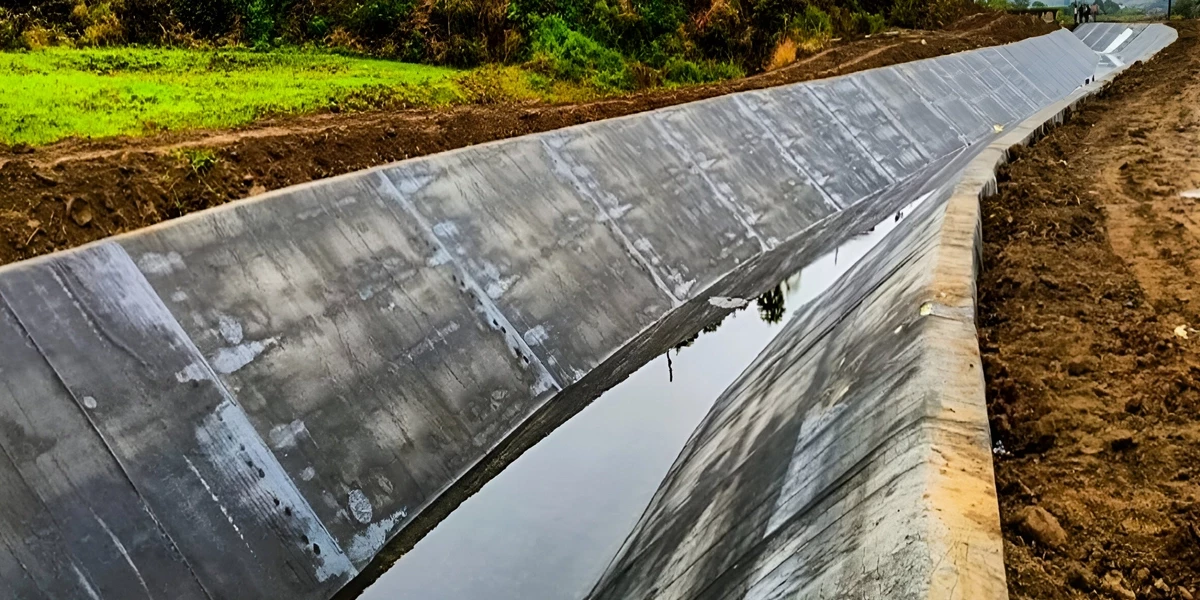

Profitable water resource management stands essential for maintaining sustainable irrigation practices as well as irrigation systems and water reservation strategies. The most efficient way to maximize water usage in irrigation systems involves undertaking canal lining projects. The implementation of canal lining successfully decreases water leakage as it enhances water transport efficiency together with reduced maintenance expenses. Yooil Envirotech revolutionizes water management through its advanced technology which enables the company to achieve innovative canal lining solutions. We will examine multiple canal lining methods as well as their advantages and how Yooil Envirotech elevates water management efficiency in this blog section.
Experiencing water leakage combined with water sinking into the ground creates major water losses in unlined canals because of the above water loss factors. This not only wastes valuable water resources but also causes soil erosion, waterlogging, and reduced agricultural productivity. There are multiple Canal lining types that play a crucial role in:
There are several types of Canal lining present in the market, which bring understanding different benefits and suitable applications. Lining selection depends primarily on environmental conditions together with climate factors alongside cost considerations and maintenance needs.
The widespread adoption of concrete canal lining occurs because of its everlasting properties, which efficiently minimize leakage.
Advantages:
Challenges:
An impermeable barrier forms through the application of compacted clay lining, which uses naturally occurring clay material.
Advantages:
Challenges:
The canal wall construction through bricks along with stones requires mortar reinforcement for stability.
Advantages:
Challenges:
Canals become water-resistant through the application of asphalt as a bituminous liner on canal surfaces.
Advantages:
Challenges:
Modern water management solutions rely on synthetic materials whereby geomembranes made from PVC, HDPE or LDPE are used for their applications.
Advantages:
Challenges:
Yooil Envirotech serves the market with rubberized membranes and hybrid solutions which represent their advanced canal lining technologies.
Advantages:
Selecting the best canal lining depends on multiple factors, such as:
The water management solutions department of Yooil Envirotech builds different types of canal lining technologies which accommodate
different project requirements. Yooil maintains efficient sustainable water conservation systems through their implementation of the latest geomembranes, together with rubberized coatings and eco-friendly materials. The company has accumulated more than thirty years of experience in revolutionizing water management while delivering advanced technologies that strengthen irrigation systems.
Their canal lining solutions provide:
With climate change and increasing demand for efficient water management, the future of canal lining will see innovations such as:
Canal lining is an essential aspect of efficient water management, helping to conserve resources, improve agricultural output, and reduce maintenance costs. There are many canal lining types from traditional clay and concrete linings to advanced geomembranes and rubberized solutions, there are numerous options available to suit different needs. Yooil Envirotech’s expertise in innovative water management technologies ensures that the most effective and sustainable canal lining solutions are implemented.
For more information on how Yooil Envirotech is revolutionizing water management, visit their website and explore their range of cutting-edge solutions.
